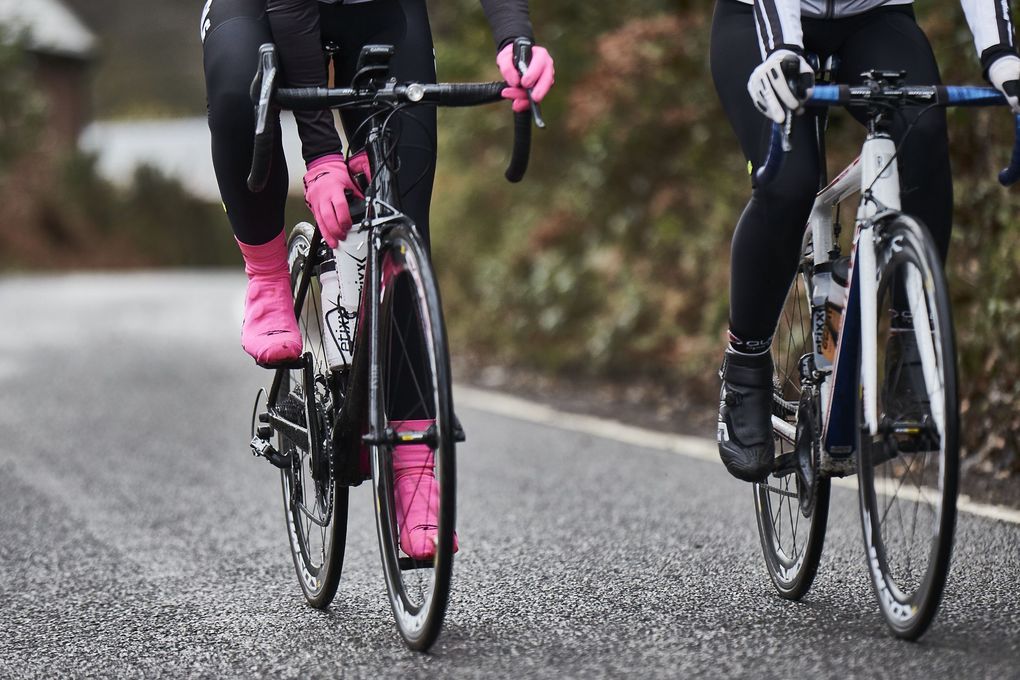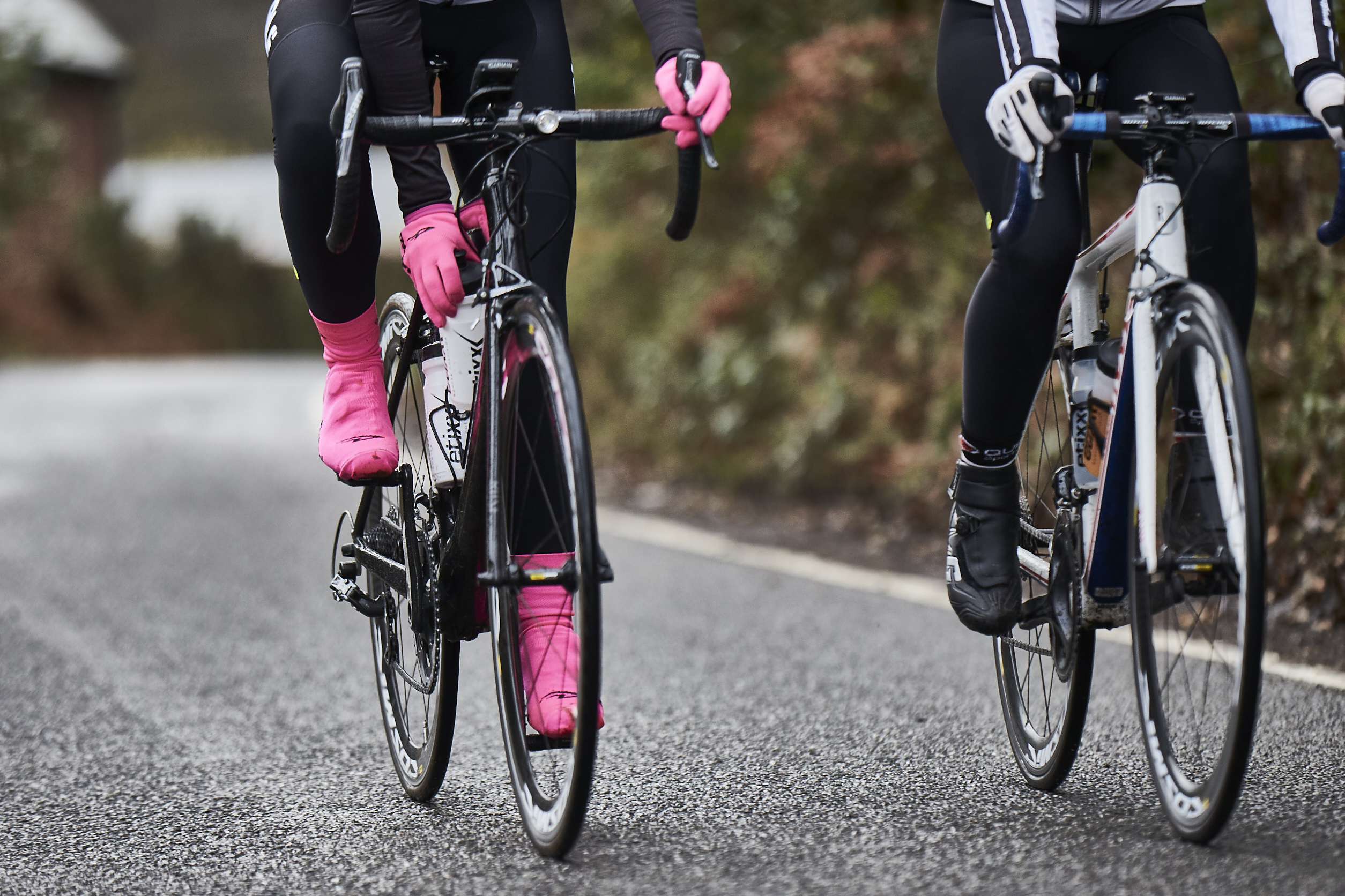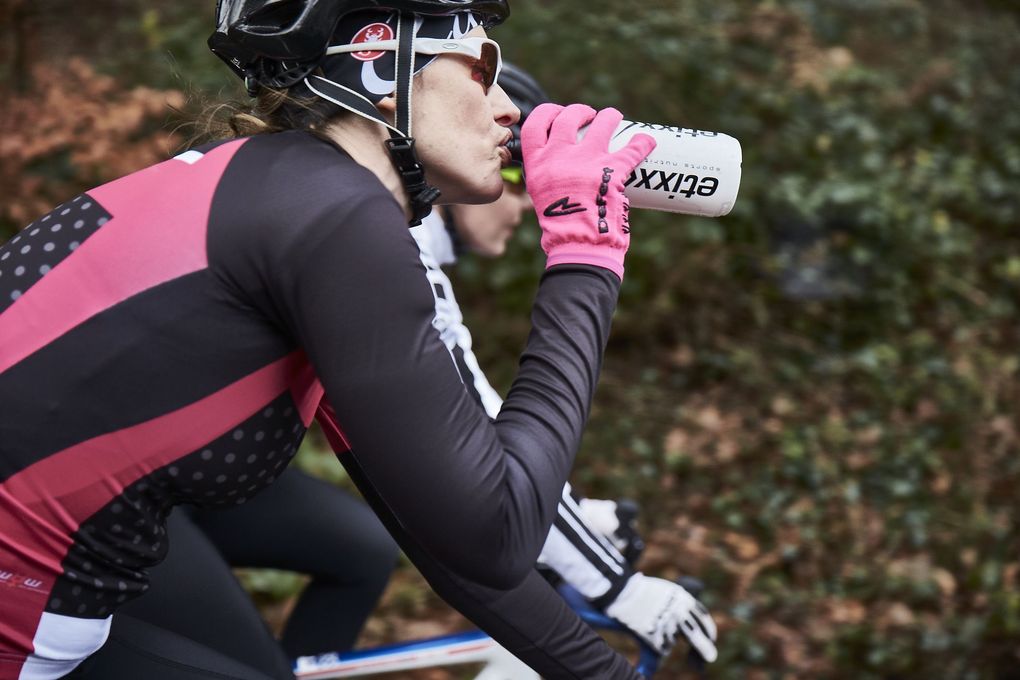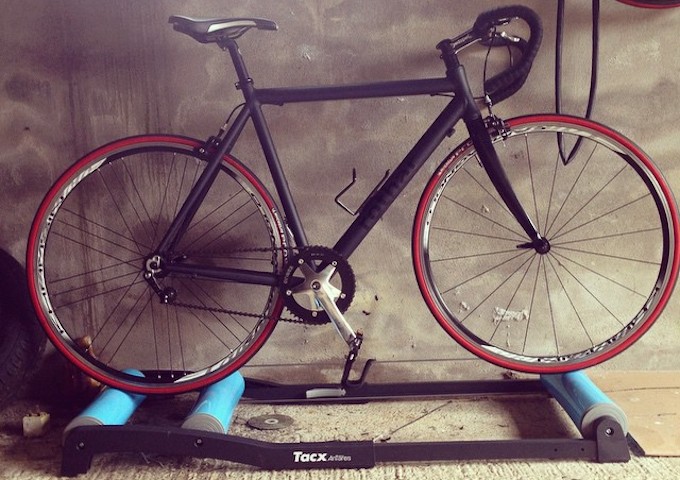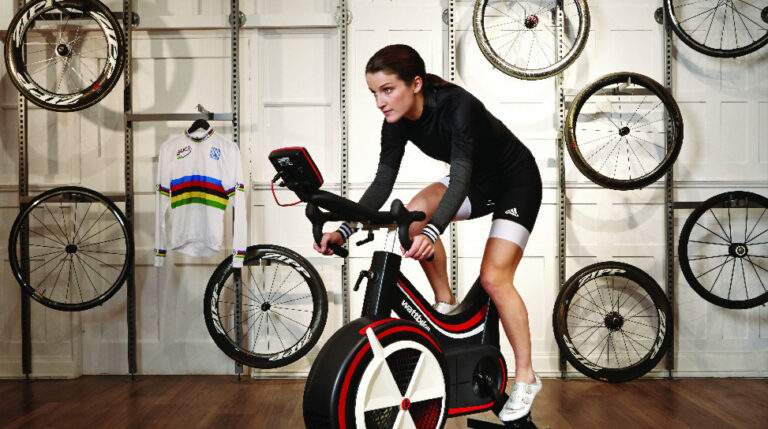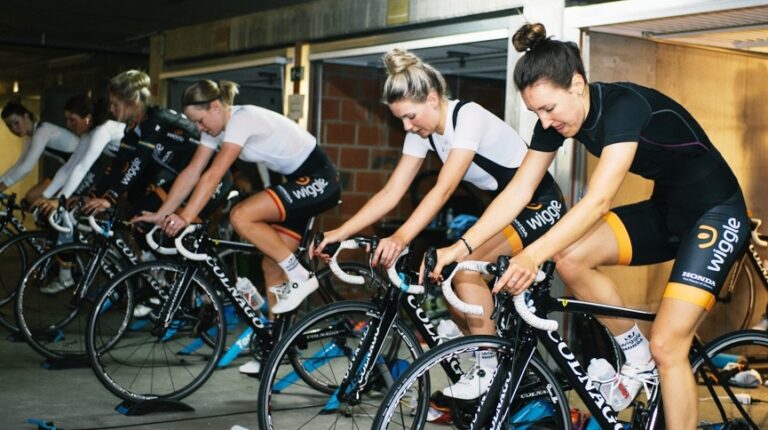Should we ever be worried by cramp when cycling?
Cramp is very common amongst athletes and whilst it can be extremely painful and detrimental to performance, it is not necessarily anything to worry about and can be treated properly to allow for a full recovery.
What is actually happening to the body when we experience cramp? Eg what is the biological cause?
Cramp involves the strong, involuntary contraction of a muscle which is usually accompanied by pain that ranges from mild to severe. Although the exact biological cause of exercise associated muscle cramps is unknown, there are a few potential explanations which have been proposed.
Firstly, it is believed that when sweat rate is high (e,g. in hot and humid conditions), cramping may be caused by fluid and electrolyte imbalances. The increase in fluid loss and the loss of important electrolytes, specifically sodium and potassium, can result in imbalances in the muscles which in turn affects nerve function and muscle contraction.
Is It Good To Sweat?
Another potential explanation is that of nerve dysfunction in the overloaded muscles. It is speculated that the overload of muscles due to physical exertion can cause disturbances in the excitation and inhibition of muscle contraction which subsequently causes involuntary cramps.
Although there are a few theories surrounding the causes of muscle cramps, it is unlikely that there is one explanation alone and all things should be considered when trying to prevent exercise associated muscle cramps.
What are the key things we can do to avoid it?

There are a few key things that you can do to try to prevent muscle cramps from occurring. These include:
1. Staying hydrated– ensure you adopt an appropriate hydration strategy relevant to the conditions and situations you are riding in. Replacing lost fluids may be essential in promoting fluid balance and avoiding disruption to nerve function. It is recommended that you drink 500ml of fluid at least one hour before training and competitions and then 500ml-1000ml should be ingested each hour throughout the ride.
2. Taking on fluid with added electrolytes – When adapting your hydration strategy you can include fluids with added electrolytes (such as Etixx’s Isotonic powered) to avoid electrolyte losses and imbalances.
3. Adequate training- adopting the right training plan may be beneficial in the prevention of cramps. There are arguments to suggest that training in plyometric exercises [burpees, squat jumps] may help to train the muscles to cope with increased neuromuscular activity and physical demand therefore preventing cramping.
4. Rest and recovery- as cramps are most likely to occur in overloaded muscles that are fatigued, allowing time for adequate rest and recovery is very important.
5. Adequate carbohydrate intake- as carbohydrate availability is strongly linked to fatigue, having enough carbohydrate for energy production may help in the prevention of muscle fatigue and subsequent cramps.
Once cramping has occurred, you will want to treat it as quickly as possible. The fastest, most effective form of relief appears to be stretching the muscle. Aside from that, fluid and electrolyte intake may help in preventing them from reoccurring.
